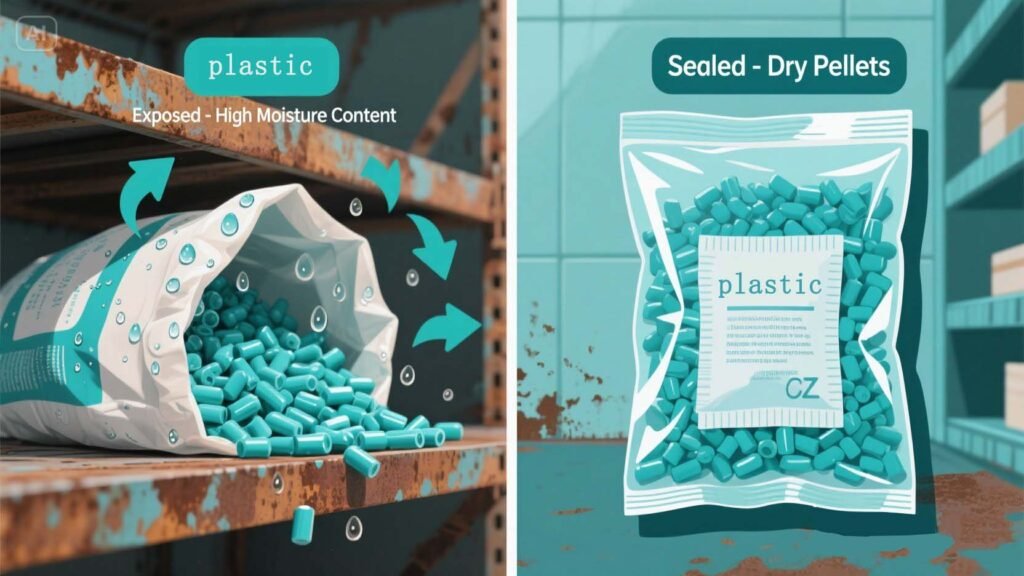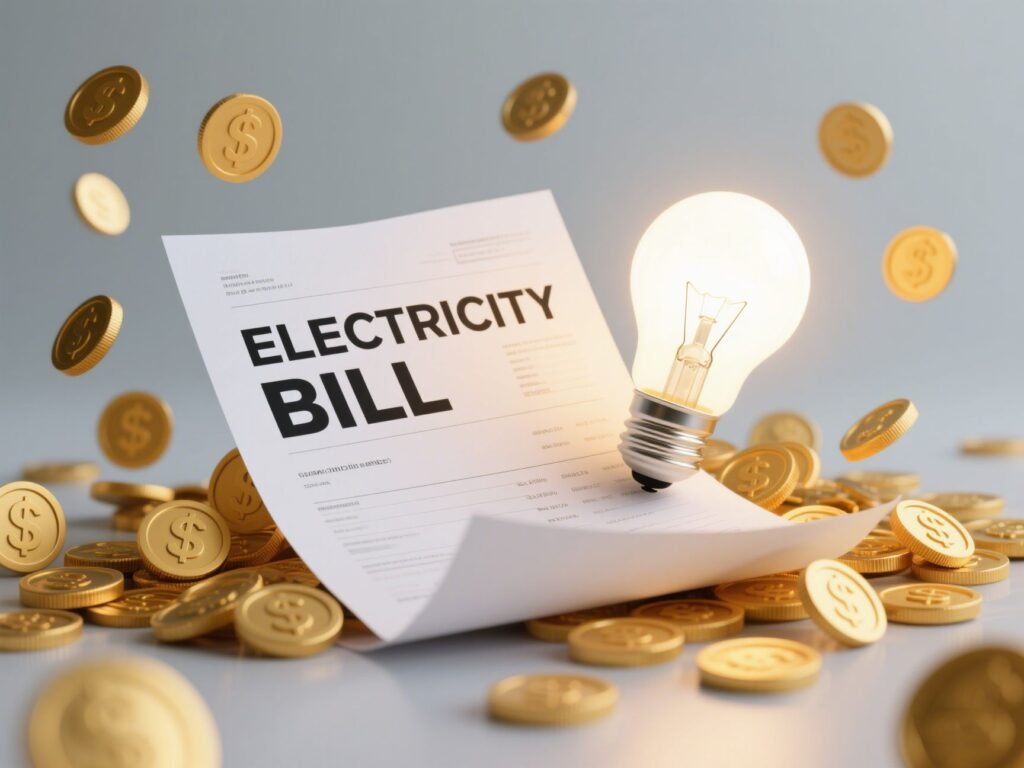Why Moisture Content of Plastic Decides Your Drying Efficiency
Selecting the perfect dryer for plastic processing goes beyond capacity—it hinges on understanding the moisture content . Get this wrong, and you risk inefficiency, energy waste, and subpar products. Here’s why moisture content is the make-or-break factor in drying performance.
The Critical Role of Moisture Content in Plastic Drying

Every drying assessment starts with four key questions:
- Material Type – What plastic are you drying?
- Initial Moisture Content of Plastic – How wet is your material upfront?
- Target Moisture Content of Plastic – How dry must it be?
- Throughput – What’s your hourly output requirement?
Misjudging the moisture content at any stage leads to:
- Extended drying times
- Higher energy costs
- Inconsistent product quality
How Plastic Type Affects Moisture Content
Not all plastics handle moisture the same:
- Hygroscopic plastics (e.g., PA6, TPU): Absorb moisture aggressively, requiring rigorous drying.
- Non-hygroscopic plastics (e.g., PP, PE): Resist moisture but still need drying for optimal processing.
Key Metrics for Moisture Content of Plastic:
- Equilibrium Moisture Content: Natural water retention in ambient air (e.g., PA6: ~3.5%, PC: ~0.15%).
- Saturated Moisture Content: Maximum water absorption (e.g., PA6 can reach 10% in humid conditions).
Real-world alert: Additives, fillers, and storage conditions alter the moisture content of plastic—never rely solely on textbook values!
Why Initial Moisture Content of Plastic Dictates Drying Effort
Compare two scenarios with PA6:
- Low moisture content (0.1%) → Drying to 0.05%: 3 hours.
- High moisture content (0.5%) → Same target: 6+ hours.
Pro Tip: For plastics with elevated moisture content (e.g., stored in humidity), pre-drying is essential to protect desiccant dryers.
(Think of it like drying clothes: A soaked towel takes twice as long as a damp one.)
Target Moisture Content of Plastic: The Precision Factor
Even with identical starting points, stricter targets demand more time:
- PC at 0.1% initial moisture:
- Drying to 0.05%: 3 hours.
- Drying to 0.02% (for optical grades): 4+ hours.
This is why knowing your required moisture content of plastic is non-negotiable for applications like medical devices or automotive parts.
Avoid Costly Dryer Sizing Mistakes
- Undersized Dryers → Incomplete drying → Bubbles, weak spots, and rejects.
- Oversized Dryers → Energy waste + material degradation from over-drying.
Golden Rule: Always test the moisture content of plastic upon arrival—supplier specs can’t account for storage or transport humidity.
Key Takeaways: Mastering Moisture Content of Plastic
- Test First – Measure incoming material’s moisture content.
- Define Targets – Align drying goals with your product’s specs.
- Right-Size – Match dryer capacity to your moisture content and throughput needs.
Need Help Optimizing for Moisture Content? Our engineers specialize in tailoring drying solutions to your plastic’s unique needs. [Contact us for a free assessment].


